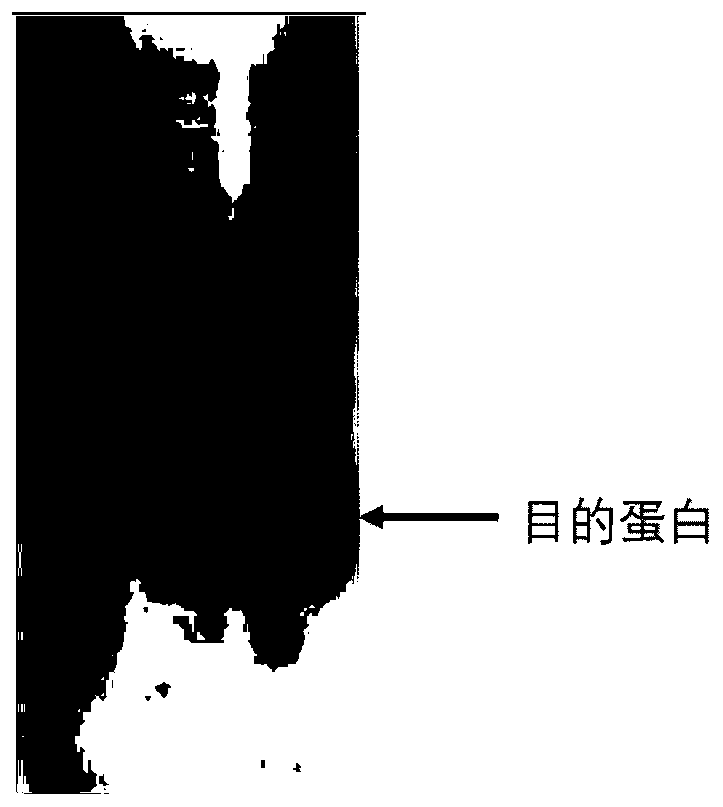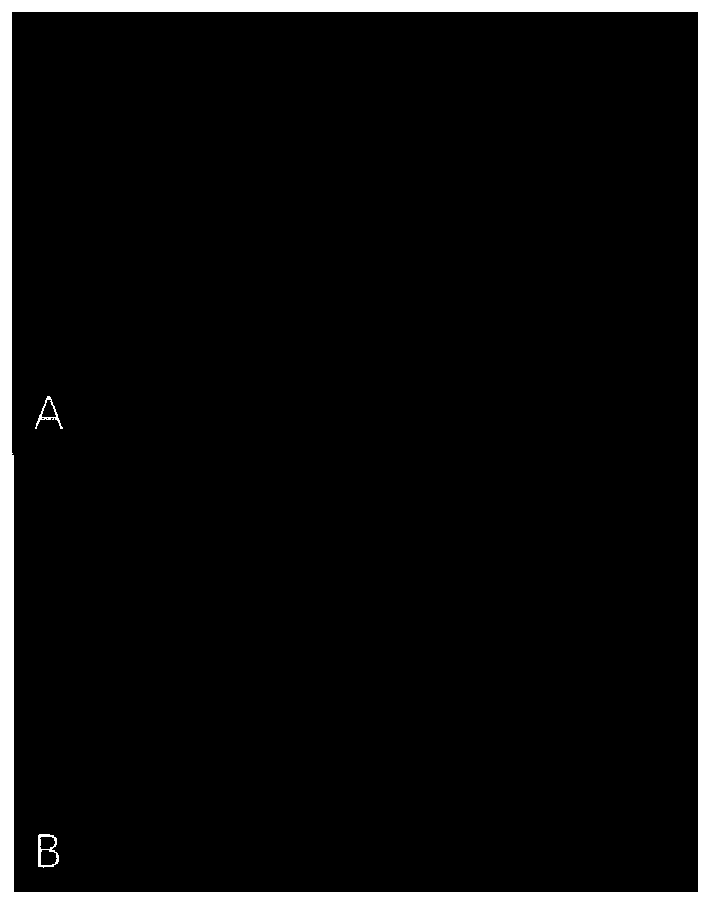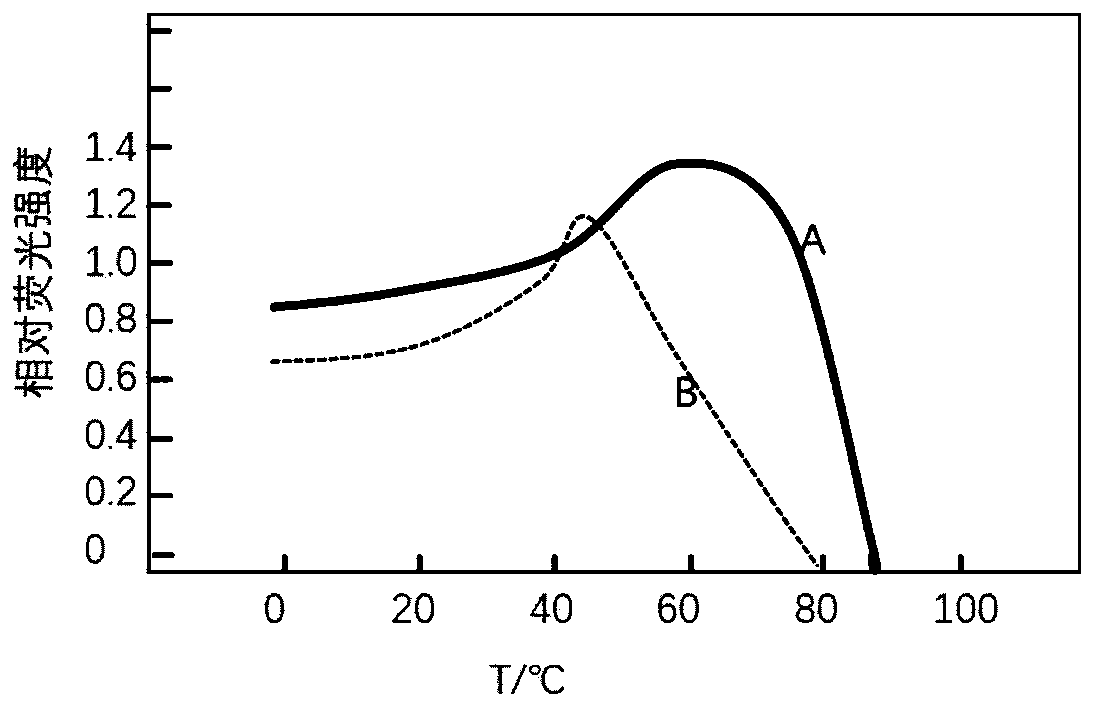CD134 monoclonal antibody and its preparation method and application in cancer treatment
A monoclonal antibody and antibody technology, applied in the direction of antibodies, chemical instruments and methods, anti-animal/human immunoglobulin, etc., can solve the problems of inaccurate and unstable screening efficiency, and achieve the effect of novel sequences
- Summary
- Abstract
- Description
- Claims
- Application Information
AI Technical Summary
Problems solved by technology
Method used
Image
Examples
Embodiment 1O
[0029] Expression of embodiment 1OX40 fragment protein
[0030]Whole-gene synthesis of the gene of SEQ ID NO: 2, introducing BglⅡ and SalⅠ restriction sites at its upstream and downstream, respectively, and performing double digestion with BglⅡ and SalⅠ, pET30a plasmid with BamHI and SalⅠ for double digestion, agarose gelation Gel electrophoresis separation, then use T4 DNA ligase to ligate the OX40 gene fragment recovered from the gel and the pET30a digested DNA product at 22°C for 2 hours, transform into E. coli DH5α, pick a single colony and culture it, and extract the plasmid for EcoRⅤ and SalⅠ Double-enzyme digestion identification, and the positive clones identified by double-enzyme digestion were sent to Shanghai Sangon Co., Ltd. for sequencing. The plasmid map was identified and was identical to SEQ ID NO:2. Transform the pET30a-OX40 vector into Escherichia coli: Add 10 microliters of human pET30a-OX40 extracellular segment recombinant plasmid DNA to Escherichia coli ...
Embodiment 2
[0031] The preparation of embodiment 2 monoclonal antibody
[0032] 2.1 Animal immunity
[0033] Mice were immunized according to methods commonly used in the art. The immunogen is the antigen prepared in Example 1. Briefly, remove an appropriate amount of Freund's adjuvant into a 1.5ml EP tube, and shake to mix. Prepare the antigenic protein solution with PBS. Mix the adjuvant and protein antigen solution according to the required amount, fully emulsify the antigen by pushing each other through the syringe to form a stable water-in-oil solution, and then inject the animal. According to the results of serum titer determination, it usually takes 2 to 3 booster immunizations after the first immunization to achieve a good immune effect. The immunized mice with high serum titer were selected for final immunization by intraperitoneal injection, and then cell fusion was performed.
[0034] 2.2 Hybridoma fusion and screening
[0035] Before cell fusion, the cultured mouse myelo...
Embodiment 3
[0036] Example 3 Flow Cytometry Evaluation of Antibody Binding Ability to OX40 Antigen on Cell Membrane Surface
[0037] The 293T cell line overexpressing human OX40 on the membrane surface in the logarithmic growth phase was collected, the cells were washed twice with PBS, and the cells were resuspended with FACS buffer (PBS solution containing 2% fetal bovine serum). Adjust the density, plate 2x105 cells / well in a 96-well U-bottom plate, centrifuge at 300g for 5 minutes, pour off the supernatant, add serially diluted CSF1R antibody solution and incubate on ice for 40 minutes. Wash the cells twice, add 100 μL / well phycoerythrin fluorescently labeled goat anti-mouse secondary antibody, incubate at 4 degrees in the dark for 40 minutes, wash the cells three times, then add 100 μL of FACS buffer to each well to resuspend, blow the cells evenly On-board testing. The fluorescence intensity of cells in each well was measured using a BD Canto II flow cytometer. Using Graphpad prism...
PUM
 Login to View More
Login to View More Abstract
Description
Claims
Application Information
 Login to View More
Login to View More - R&D
- Intellectual Property
- Life Sciences
- Materials
- Tech Scout
- Unparalleled Data Quality
- Higher Quality Content
- 60% Fewer Hallucinations
Browse by: Latest US Patents, China's latest patents, Technical Efficacy Thesaurus, Application Domain, Technology Topic, Popular Technical Reports.
© 2025 PatSnap. All rights reserved.Legal|Privacy policy|Modern Slavery Act Transparency Statement|Sitemap|About US| Contact US: help@patsnap.com



